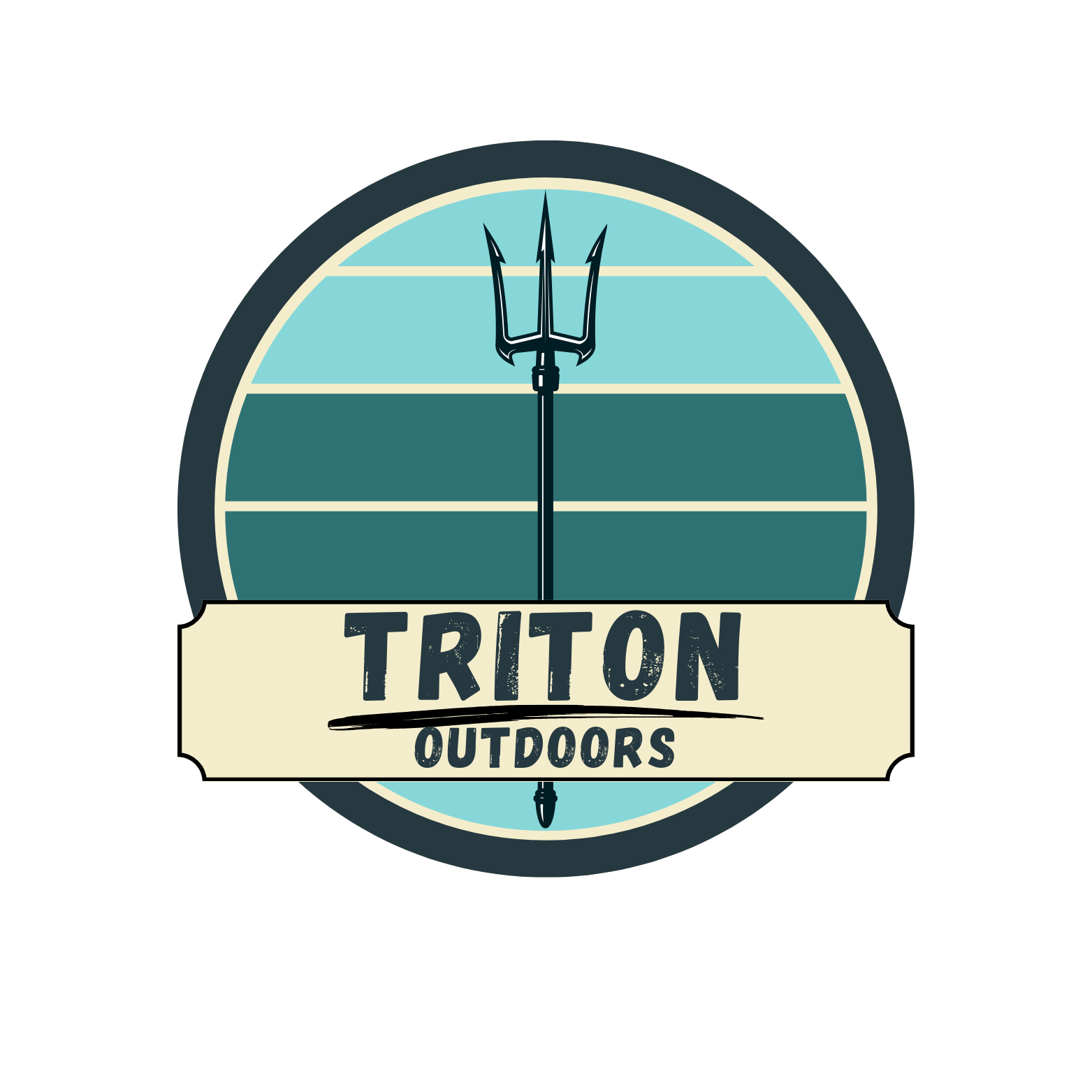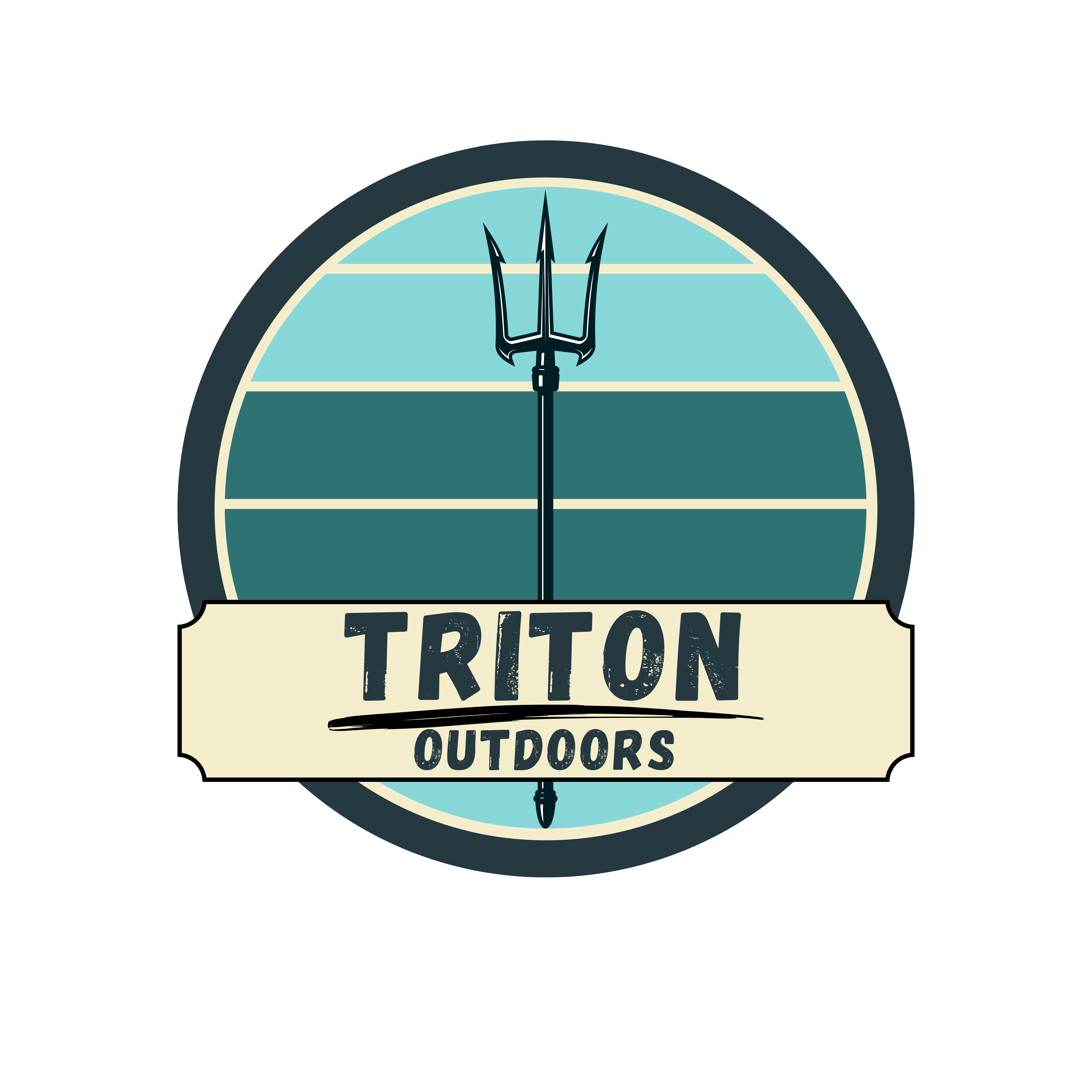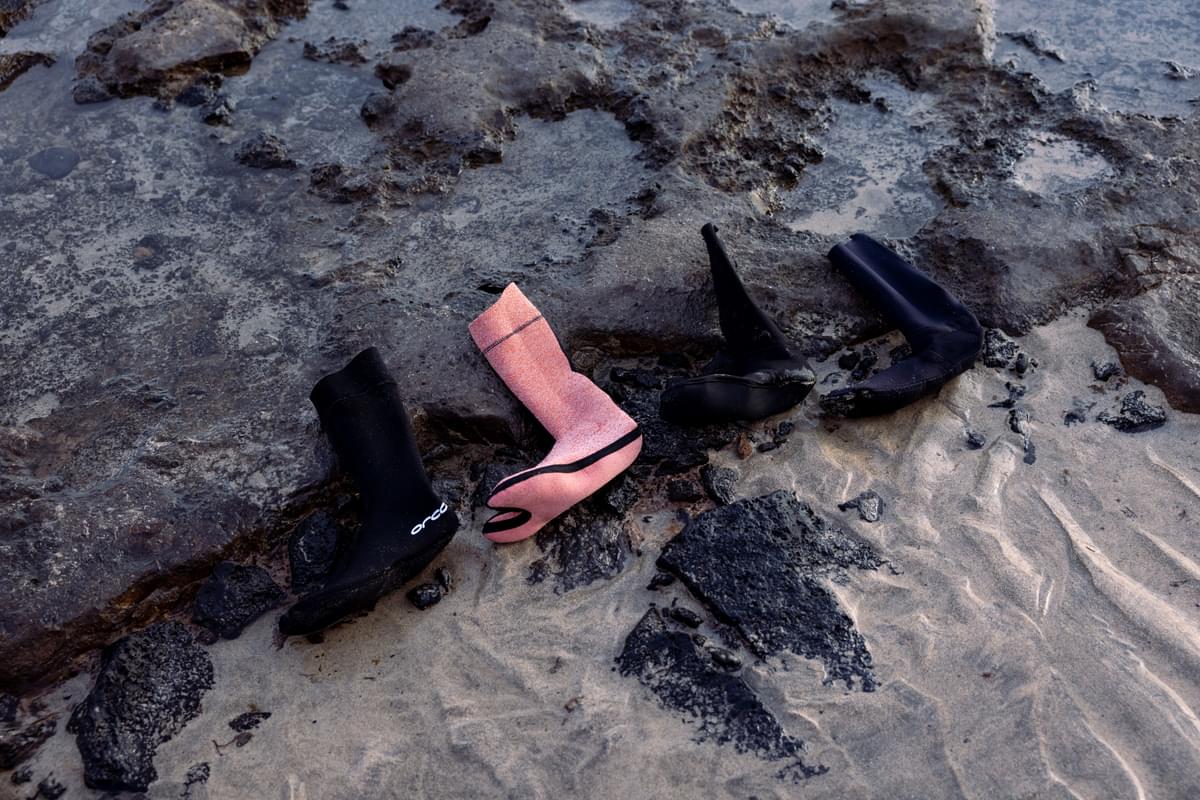Winter’s cold water can cut swims short, but the right neoprene socks can help you swim longer, safer, and with more comfort. We’ve tested a range of swim socks and booties to find the best for warmth, grip, durability, and value. Here’s your one-stop guide to choosing the right thermal neoprene swim socks for your open water swims this winter.
Top Picks Snapshot
| Category | Top Choice |
|---|---|
| Best Warmth & Waterproofing | Zoggs 3mm Neoprene Swimming Socks - Gel sealant makes these super warm with little water ingress. |
| Most Comfortable | Zoggs 3mm Neoprene Swim Socks - Ulta flex neoprene makes these both comfy but more crucially, easy to get on and off. |
| Best Value | C-skins Legend 4mm Neoprene Socks - A great all rounder thats warm and durable for under £30 |
Our Key Performance Metrics!
-
Thermal insulation (neoprene thickness, linings)
-
How well they seal (seams, ankle/leg cuff fit)
-
Grip (soles to help on rocks, slippery entry/exit)
-
Comfort, ease of putting on/off (especially with cold hands and feet)
-
Durability – how they hold up after repeated use in cold, rough conditions.

Detailed Reviews
1. Zone3 Heat-Tech Swimming Socks - Triton Test Score 8.1/10
Well known within the open water swimming industry, often popping up at lakes across the country, the Zone3 heat tech swim socks perform very well in cold water conditions. They offer outstanding warmth and a waterproof ish design. These swim socks feature liquid-locked seams that prevent water ingress, plus a grippy sole so you won’t slip as well as velcro straps to keep them on tight! The only drawback? A bit fiddly to take off and you want to be carful if walking on rocks or sharp terrain as these are not the most durable socks on the market.

Grab your Zone3 Heat-Tech Swimming Socks Here
2. Finisterre Nieuwland Yulex Swim Sock - Triton Test Score 7.2/10
Designed with eco-friendly materials (Yulex natural rubber alternative). At 3 mm thick, they do a solid job in cold water while being mindful of environmental impact. A solid option for cold water swimmers however they are a little pricy.

3. Orca Hydro Booties - Triton Test Score - 7.5
Super soft and comfy. These booties use thermal lining from Orca’s winter range, fit well, and feel great in cold swims. They feature a split toe which in the swim world is a little like marmite. They are not my favourite neoprene swim sock i have to say however they do sell well in our lakeside store and customer feedback is pretty good!

Grab your Orca Hydro Booties Here
4. Huub Swim Socks - Triton Test Score - 6.8
Warm, grippy, and great stay-in-place design thanks to a Velcro band. Their separated-toe or split-toe design helps avoid twisting in movement. A few may dislike the split toe, though which is similar to the feedback above. There is talk on online forums that durability isn't ideal however we didn't experience this during testing - Time will tell! Overall an ok swim sock.

5. Zoggs Neoprene 3mm Swim Sock - Triton Test Score - 9.5 ⭐
The highest performing and scoring neoprene swim sock was the Zoggs neoprene 3mm swim sock. New to their range and built to accompany their new wetsuit range, these socks are super warm, and incredibly easy to get on and off. The gel sealant makes water ingress minimal and its use of ultra stretch neoprene around the calf makes them very comfy. High Vis graphics add an extra layer of safety when swimming in low light conditions, i am thinking early winter mornings, and their customisable cuff options means you can trim these swim socks to get the best fit. The only negative we can find with these socks is the size guide seems to be slightly off so we recommend sizing down a size due to their flexibility.

Grab your Zoggs Neoprene 3mm Swim Socks Here
A few other good options: Alpkit, ZCCO, PAWHITS, Blueseventy or Lomo. Each has trade-offs in grip, warmth, or ease of use
What Makes a Great Cold-Water Swim Sock
When choosing swim socks, here are key features to zero in on:
- Neoprene Thickness & Thermal Lining
- 2-3/4 mm is a commonly good range. Thicker gives more insulation but can reduce flexibility and will also increase buoyancy. We typically stay away from 5mm options for this reason.
- A thermal inner lining helps trap heat and improve comfort.
-
Seams & Sealing
- Look for glued, bonded, or blind-stitched seams to reduce water ingress.
- Liquid or taped / gel seals improve waterproofing at critical pressure points (ankle/upper cuff).
-
Fit & Size
- Snug fit is essential to avoid flushing (cold water entering).
- Good ankle/leg cuffs, or closure systems help.
- Some designs offer left/right foot shapes.
-
Grip & Sole Design
- Textured or rubberized soles help when walking on slippery stones, wet boards, etc.
- Reinforced soles protect feet from rough surfaces.
-
Ease of Use
- Tabs or wide collars make removal easier.
- Flexibility so you can get the socks on/off even when cold or wet.
When & Where to Use Them
-
Wild swimming & open water in cold climates (sea, lakes, quarries) — helps prevent numbing toes.
-
Triathlon training and events staged in chilly water; also useful for winter swim training.
-
Commuter or daily swims, especially in early morning or late evening when water is coldest.
-
Beach and rock entry points — grip and protection features particularly useful.
Final Thoughts
If you plan to swim through winter or in cold water, a good pair of neoprene swim socks are one of the most effective gear pieces to invest in. They preserve warmth at your extremities, protect against rough terrain, and boost comfort enough that the cold becomes manageable.
Deciding factors? Warmth vs flexibility, grip vs ease of removal — weigh what matters most to you, then pick a pair that aligns with your swim style and conditions.



Share:
Review : Orca Vitalis Breaststroke Wetsuit